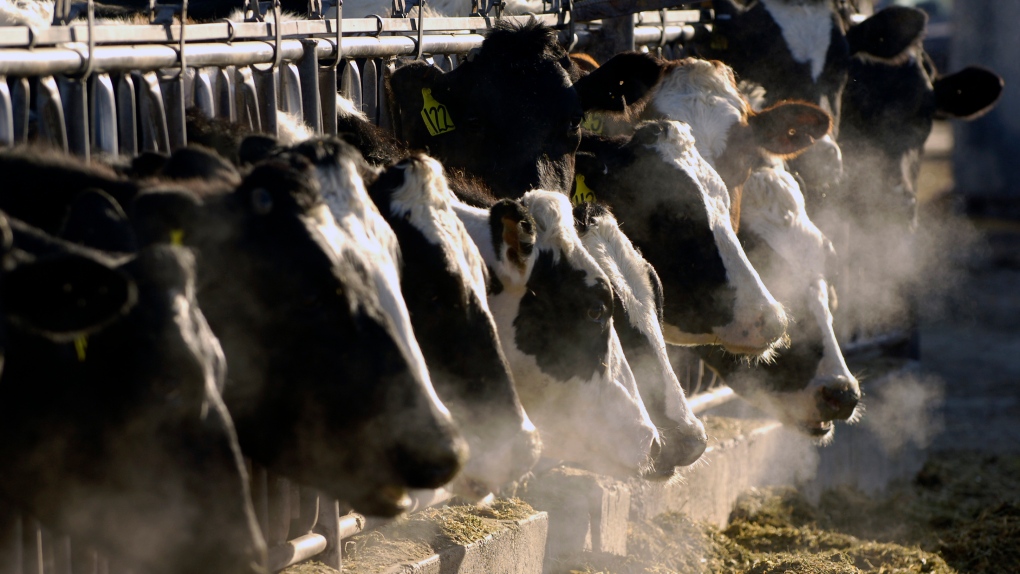TORONTO —
Astronomers have identified three new infant stars at the centre of our galaxy that were previously considered to be clouds of gas and dust.
The discovery was led by researchers from the University of Cologne in Germany using the European Southern Observatory’s “Very Large Telescope” (VLT) in Chile. They discussed their findings in the paper published on Friday in .The Astrophysical Journal
The collection of stars was initially picked up by the VLT in 2011. At that time, scientists concluded that the objects were a cloud of gas and dust located at the centre of the galaxy and named it G2.
But throughout the years, evidence suggesting that G2 may be made up of more than just gas and dust kept piling up.
Sagittarius A*, abbreviated as SgrA*, is the black hole at the centre of our galaxy. Scientists assumed that the black hole would collide with G2 and flare up, creating a firework-like effect. However, the researchers had been unable to observe the predicted flaring activity.
Other astronomers have also observed that G2’s is temperature is nearly twice as high as that of other dust sources in the area. According to one possible explanation, the stars at the centre of our galaxy may have heated up G2. However, the dust sources at the centre are actually colder than G2, ruling out that explanation.
Astronomers also observed that G2’s temperature remained constant over a long period of time, even as its distance to the black hole varied, suggesting that its heat was not dependent on the contents of the black hole.
While analyzing data taken from the VLT between 2005 and 2019, the researchers concluded that G2 is made up of three infant stars.
“That G2 actually consists of three evolving young stars is sensational. Never before have stars younger than the ones found been observed around SgrA*,” lead author Florian Peißker said in a news release.
The stars are estimated to be less than one million years old, which is considered quite young. For comparison, our sun was formed almost five billion years ago.
Peißker says it’s unclear how the stars were formed, given that the radiation-intensive environment of a black hole makes it difficult to form new stars.
“The new results provide unique insights into how black holes work. We can use the environment of SgrA* as a blueprint to learn more about the evolution and processes of other galaxies in completely different corners of our Universe,” he said.







More Stories
ByteDance prefers TikTok shutdown in U.S. if legal options fail, sources say
Colombia becomes first country to restrict U.S. beef due to bird flu in dairy cows
CTE: Researchers believe widespread brain injury may contribute to veteran suicide rate